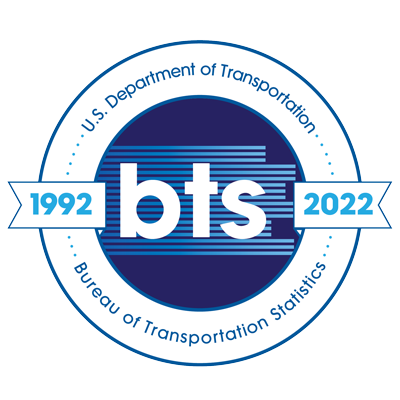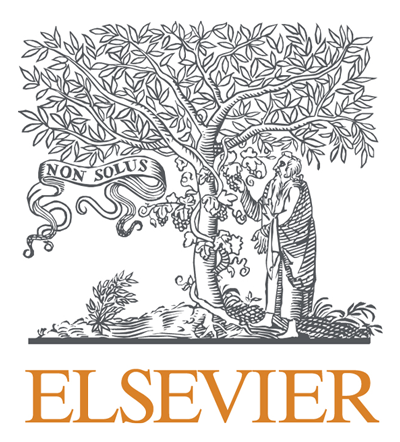Connected and Extracted: Understanding how centrality.in the global wheat supply chain affects global hunger using a network approach
Topics:
Keywords: food, nourishment geographies, trade, network analysis, resilience, centrality
Abstract Type: Paper Abstract
Authors:
Subhashni Raj, University of Hawaii, Manoa
Catherine Brinkley, University of California, Davis
John Ulimwengu, International Food Policy Research Institute,
,
,
,
,
,
,
,
Abstract
While global food trade has allowed countries to buffer against domestic food production shortfalls
and gain access to larger markets, engaging in trade has also opened economies up to shocks and
extraction of food resources. With this research, we ask how the amount of arable land per capita,
food production and trade networks influence country-level food security. First, we model the trade
network structure of the global wheat supply chain to measure the centrality or positionality of
countries. Followed by a spatial autoregressive analysis of the impact of trade characteristics from the
social network analysis (SNA) with trade volume, purchasing power, production capacity, and
geography on undernourishment outcomes. We find that there are a handful of countries that
control the wheat supply chain. However, the centrality of these countries, as opposed to the volume of
wheat produced or traded, determines their influence in the wheat supply chain network. The
parametric component of our analysis confirms that trade and centrality in the trade network have
significant implications for national levels of nourishment. Our findings suggest that for countries
with low purchasing power, trade allows improvements in nourishment levels but for countries
with very high purchasing power, trade can increase hunger outcomes.
Connected and Extracted: Understanding how centrality.in the global wheat supply chain affects global hunger using a network approach
Category
Paper Abstract








